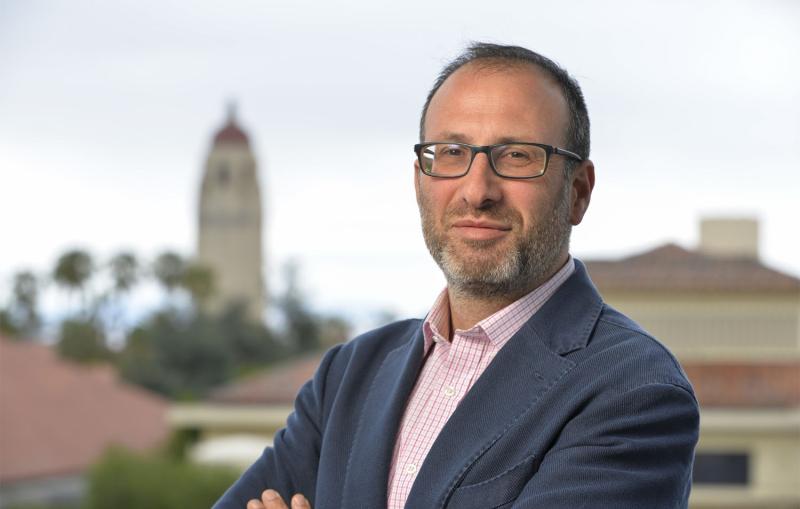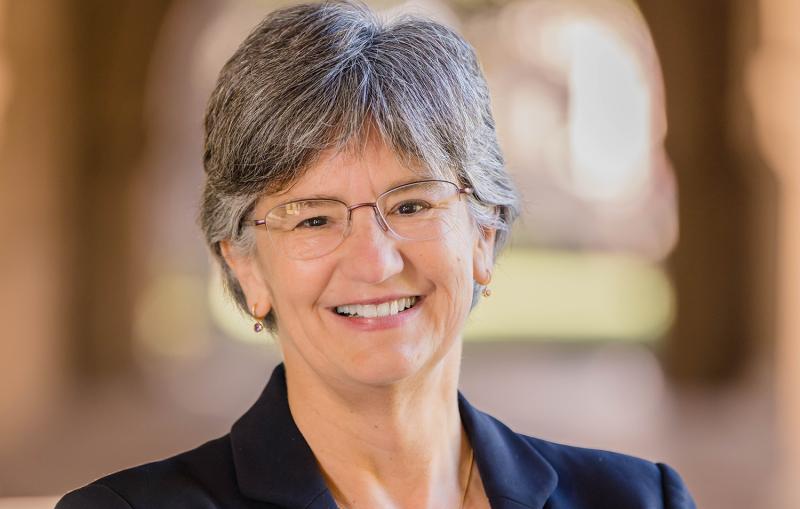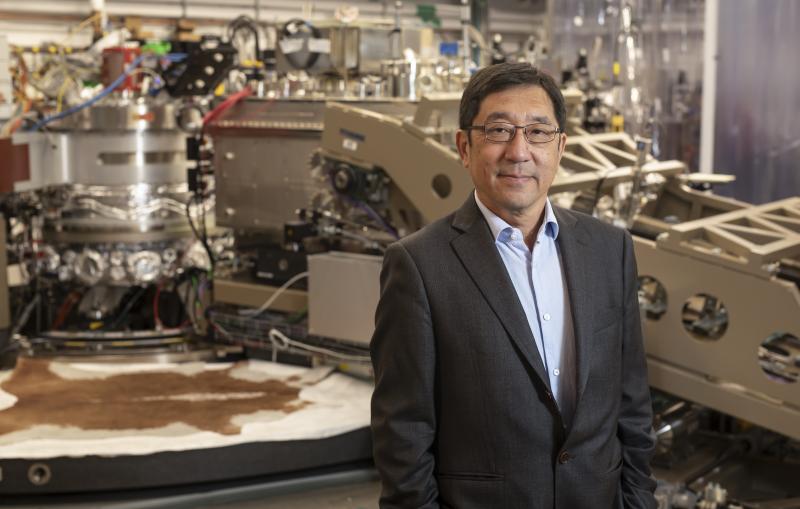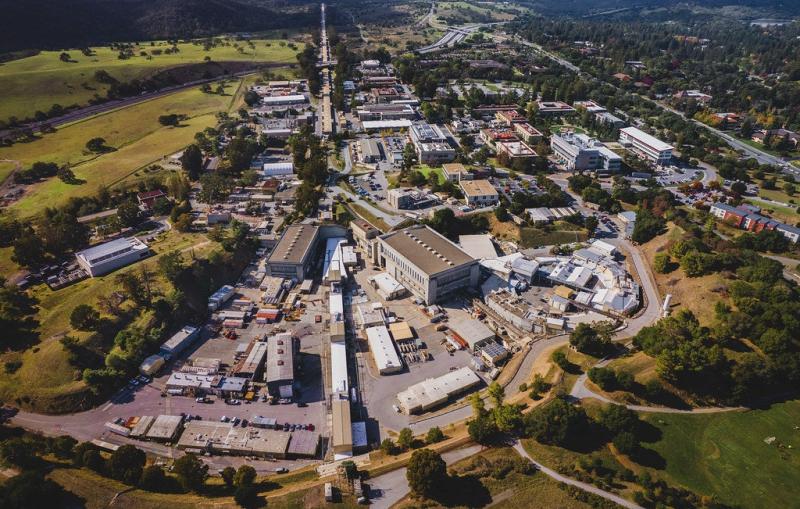Chi-Chang Kao to step down as SLAC National Accelerator Laboratory director
Under his 10-year leadership, the lab has significantly expanded its research and impact.
Chi-Chang Kao has decided to return to research after serving 10 years as director of the Department of Energy’s (DOE) SLAC National Accelerator Laboratory. He will continue in the lab director role until a replacement is found.

Kao joined SLAC as a faculty member and associate lab director of the Stanford Synchrotron Radiation Lightsource in 2010, and was named SLAC’s fifth director in 2012.
Under his leadership, the laboratory has significantly expanded its research and impact. With strong partnerships and support from the DOE Office of Science, projects including the upgrade to the Linac Coherent Light Source (LCLS-II) and construction of the Legacy Survey of Space and Time Camera for the Vera Rubin Observatory are nearing completion – tools that will revolutionize how we see and understand the atomic world and the universe. Upgrades to the Matter in Extreme Conditions instrument and LCLS-II are also on the horizon, advancing fusion research and helping to maintain the lab’s leadership position in X-ray science.
“Chi-Chang Kao’s vision for X-ray science and the expansion of the lab’s research portfolio has been instrumental in SLAC’s evolution as a multi-program laboratory and its work advancing the DOE’s mission,” said Harriet Kung, Deputy Director for Science Programs in the DOE Office of Science. “His focus on scientific impact has helped ensure SLAC remains at the forefront of discovery as an internationally leading scientific institution. We are grateful for his many years of service and look forward to his continued contributions as he returns to research.”
Increasing collaboration with Stanford University and strategic investments like SLAC’s Arrillaga Science Center have invigorated the site and added new capabilities such as cryogenic electron microscopy and lab space for quantum science, bioscience, and energy and sustainability research.
Foundational to the lab’s progress has been Kao’s commitment to the values, diversity and culture of the laboratory.
“There’s no place like SLAC and it has been a privilege leading the lab,” Kao said. “It’s inspiring, coming to work every day and seeing the creativity, innovation and collaboration underway, thanks to the many people whose work is changing how we understand and shape the world. I’m honored to be a part of the lab’s legacy and grateful for the support of the DOE and Stanford which makes our progress possible.”
Under the direction of Stanford’s President Marc Tessier-Lavigne and Provost Persis Drell, a committee chaired by Kam Moler, Stanford Vice Provost and Dean of Research, is being assembled to lead an international search for a new lab director.
“For more than a decade, Chi-Chang Kao has led SLAC through a time of change and acceleration in scientific research,” said Tessier-Lavigne. “Under his leadership and vision, the lab has continued to grow and thrive as a place where scientists push the frontiers of discovery and invent cutting-edge tools to help solve the greatest scientific questions we face. I’m personally deeply grateful for his tireless work in creating closer ties between Stanford researchers and SLAC, to the benefit of both institutions. Chi-Chang leaves a remarkable legacy, and I thank him for his partnership and for all that he has helped SLAC accomplish.”
Press Office Contact
Manuel Gnida, mgnida@slac.stanford.edu, (650) 926-2632
About SLAC
SLAC National Accelerator Laboratory explores how the universe works at the biggest, smallest and fastest scales and invents powerful tools used by researchers around the globe. As world leaders in ultrafast science and bold explorers of the physics of the universe, we forge new ground in understanding our origins and building a healthier and more sustainable future. Our discovery and innovation help develop new materials and chemical processes and open unprecedented views of the cosmos and life’s most delicate machinery. Building on more than 60 years of visionary research, we help shape the future by advancing areas such as quantum technology, scientific computing and the development of next-generation accelerators.
SLAC is operated by Stanford University for the U.S. Department of Energy’s Office of Science. The Office of Science is the single largest supporter of basic research in the physical sciences in the United States and is working to address some of the most pressing challenges of our time.





